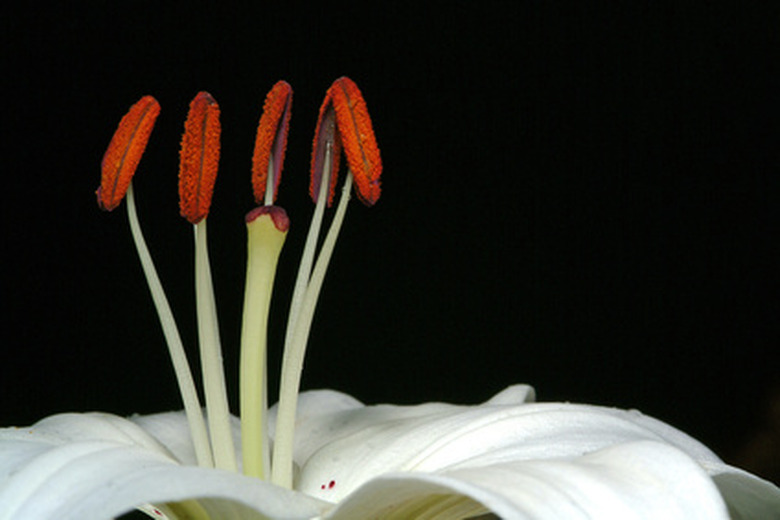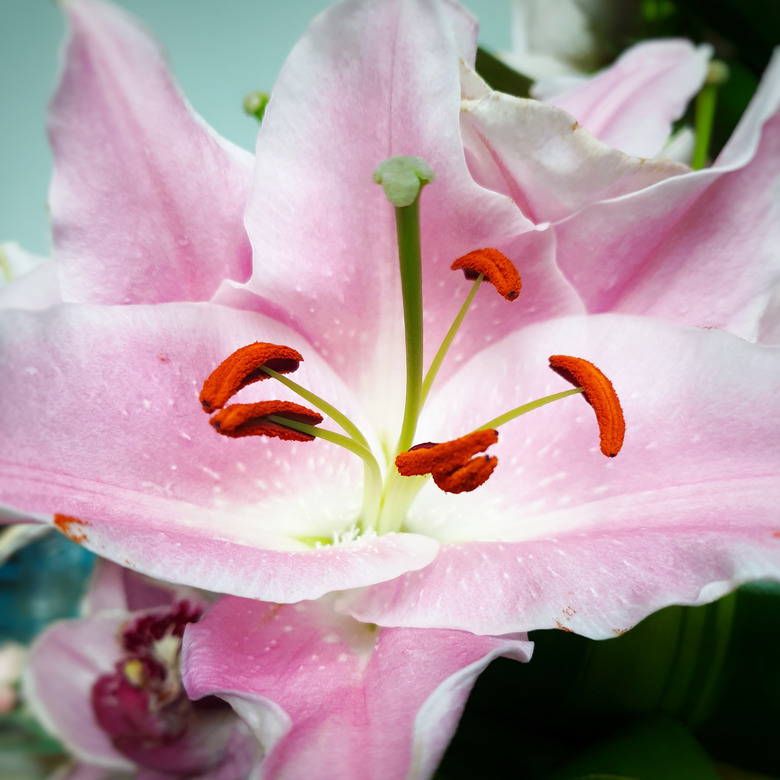Parts Of A Flower Filament
The filament of a flower is the stalk that supports the pollen-producing anthers. A flower filament also transports water and nutrients to the anther to enable pollen production.
What Is a Filament?
The filament of a flower plays an important part in plant sexual reproduction of angiosperms (flowering plants). Although the flower filament is a singular structure, it comprises different parts working in concert to ensure a flower is fertilized.
Pollination is essential for fertilization; however, all flowers that are pollinated are not successfully fertilized. Pollination is the transfer of pollen from the male anther of a flower to the female stigma.
After pollination, the pollen must travel to the female ovary and join with an ovule for fertilization to occur. This complex process results in seed formation.
Tip
**What is the filament of a flower?** Flower filaments are the supporting structures that hold up the pollen-bearing anthers inside flowers.
Parts of a Flower
Understanding the function of filament in plants begins with looking at the overall structure of a flower. Flowers are typically arranged in four parts:
1. **Sepals:** Collectively called the calyx, a sepal is one of the leaf-like structures that protect and encase the developing and unopened flower bud. If you've ever received roses that are still partially closed, you'll recognize these green structures that look like thin leaves covering the buds. As the buds open, the sepals peel down and remain at the base of the flower. 2. **Petals:** The most recognizable feature of a flower is its petals, which are located just inside the sepals. Collectively called the corolla, all the petals of a flower function to attract pollinators. The corolla and the calyx collectively are called the perianth. 3. **Androecium:** This male part of a flower is where the filament is located. The androecium contains stamens, each of which is made of a filament, which is a long stalk, and an anther, which is at the top of the filament and contains the pollen. 4. **Gynoecium:** This female part of a flower contains an ovary at the base of a flower, connected to a long stalk called the style that supports the stigma, which is what receives the pollen.
Parts of a Flower Filament
Although a flower filament functions as the supporting structure that holds a pollen-bearing anther, specialized structures called vascular bundles are inside the filament. These structures move water and nutrients to the anther, keeping it viable and allowing it to produce pollen grains that, in turn, make sperm cells.
Some filaments have two lateral nodules called "teeth" near the top of a filament close to the anthers. These bracket-like extensions are where the anthers connect to the filament.
Types of Flower Filaments
Although the filament function in a flower is the same regardless of the type of filament, there are variations in the structure of filaments.
- **Free filaments, free anthers:** In some flowers, the stamens
have free filaments and free anthers.
- **Fused filaments, free anthers:** In some flowers, the
filaments are fused together, although the anthers atop them are free.
- **Free filaments, fused anthers:** In some flowers, the filaments
are free and not fused, but their attached anthers are fused.
Sterile Flowers With No Flower Filaments
Many flowers are sterile because of intentional breeding, adaptations, or naturally occurring genetic anomalies. These flowers lack male and female reproductive structures because they don't produce pollen and don't form seeds. Some dahlias (Dahlia spp.) have sterile flowers, so they don't have pistils or stamens. Since a flower filament is part of the stamen, there are no filaments in these sterile flowers.

